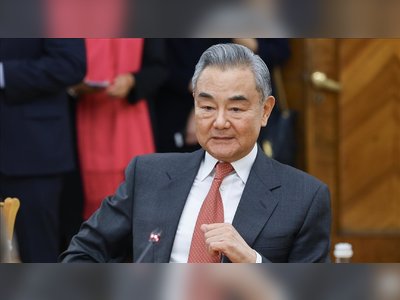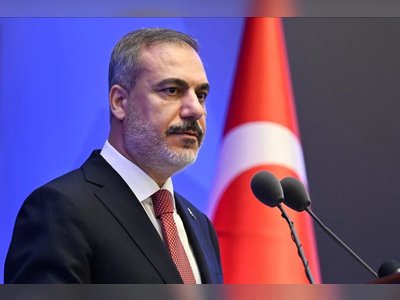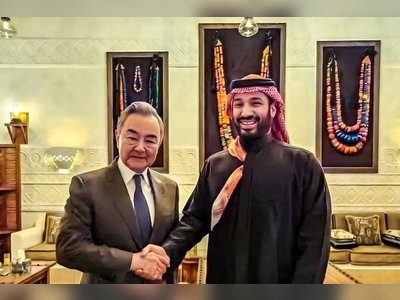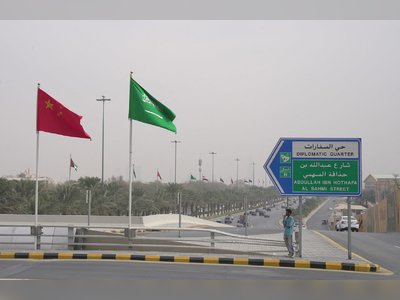American military magazine: US fighter jets sold to various countries are "junk"
"Military Watch" magazine reported that Arab governments are trying to buy American F-16 or F-15 fighter jets as the newest and most powerful in the world, but these planes are often of poor quality.
The magazine confirmed in a study it published a few days ago, in which it said that the US made changes to this fighter jet in order to make it less capable and less sophisticated in order to sell it to third world countries, especially Arab countries.
In its research, the magazine acknowledged the existence of significant differences between those of the American military or its counterparts in the West, and those produced for sale to third world countries, in terms of removing all the most advanced electronic technologies, and the missiles are equipped with them, and impose strict conditions on the places of their operation and use.
According to the magazine, the United States has neutralized from planes it sold to its Arab allies, the possibility of attacking or neutralizing attacks by Israeli planes.
We mention the article here so as not to hide it. But we publish this together with a recommendation to treat publications of this type with appropriate suspicion. Because it is not clear to us what the commercial and political motives are behind articles of this type.
The article:
The World’s Worst F-16s Downgraded in America For Sale to the Third World
The F-16 Fighting Falcon first entered service in the United States Air Force in 1978, and remains both the world’s second oldest fighter in production and the most widely fielded fourth generation fighter in the world. Developed as a lighter and cheaper counterpart to the heavyweight F-15 Eagle which formed the Air Force's elite, the Falcon has for decades represented the cheapest Western fighter on global arms markets.
The fighter has been produced in a wide range of variants, from the F-16E/F Desert Falcon tailor made for the United Arab Emirates Air Force, the less advanced but less costly F-16I tailored for Israeli needs, and a number of poorer and heavily downgraded variants developed for third world air forces.
A key factor in the discrepancy between the more and less capable F-16s is that the U.S. has sought to limit the capabilities of a number of third world air forces by heavily downgrading their hardware, as well as by regulating how these aircraft can be used and where they can be operated.
A further factor is the length of time the F-16 has been in production, which means the discrepancy between the early F-16 variants and the latest F-16 Block 70/72 remains very significant particularly in terms of avionics. A look at the five countries which operate the five least capable F-16s, and the reasons for their fleets' very limited capabilities, is given below.
Iraqi Air Force
A fleet of 34 F-16IQ Fighting Falcons currently forms the backbone of the Iraqi Air Force, with the fighters having been delivered between 2014 and 2017.
The aircraft left much to be desired in terms of performance, and like the F-16s in Egypt they were denied access to the AIM-120 missile and handicapped by heavily downgraded avionics.
The decision to handicap the fighters is thought to have been influenced by Israeli concerns regarding a viable Iraqi aerial warfare capability, with the Israeli Air Force having violated Iraqi airspace frequently. Iraq was thus only provided with the minimum capability to ensure Lockheed Martin gained the contracts for new fighters.
Although Iraqi F-16s have supported counterinsurgency efforts, they have proven less favourable than the South Korean supplied T-50 jets in such roles and have suffered from very low availability rates.
Turkish Air Force
Following the Israeli Air Force’s retirement of a portion of its F-16 fleet in the late 2010s the Turkish Air Force emerged as the largest foreign operator of the Fighting Falcon with an estimated 250 in service.
Unlike most operators, however, the aircraft have not been widely equipped with modern AIM-120C air to air missiles, let alone the more modern AIM-120D, which leaves their capabilities extremely limited with electronic warfare countermeasures dating back to the 1990s and a very limited range of around 70km.
Even those Turkish F-16s which have been armed with a very small number of AIM-120C missiles were seen carrying them alongside older AIM-120Bs signifying the shortage in numbers available.
Turkey has notably been denied access to more advanced F-16 variants compatible with more modern missile classes, and after its eviction from the F-35 fighter program sales of upgrade packages for its fleet have seen considerable opposition in Washington.
Venezuelan Air Force
The Venezuelan Air Force is one of the last remaining operators of the F-16A/B Fighting Falcon, having been one of the very first clients for the jets in the early 1980s, and fields 18 of the aircraft which have seen relatively few upgrades since they first joined the fleet.
The aircraft are not relied on heavily, with the country’s more recent acquisitions most notably of Su-30MK2 heavyweight fighters providing it with the most capable combat fleet in Latin America.
Venezuela’s F-16s use obsoleted AIM-9L/P and Python 4 visual range air to air missiles, and have no beyond visual range capabilities whatsoever for either air to air or strike missions.
This combined with their ageing avionics and sensors leaves them with a negligible capability to counter modern fighter units, although for regional standards they remain above average with neighbouring Argentina and Brazil not only fielding on even older and poorer A-4 and F-5 jets, but relying on them as their most capable combat jets.
Indonesian Air Force
The Indonesian Air Force's F-16s, like those in Venezuelan service, have no beyond visual range capabilities and rely entirely on older variants of the short ranged AIM-9 Sidewinder for air to air engagements. The aircraft are newer than those in Venezuelan service and deploy AGM-65G missiles for air to ground roles, with their avionics being much better suited to precision strikes.
Like Venezuela, Indonesia relies very heavily on Russian sourced fighters with a range of modern missiles to compensate for the shortcomings of its F-16s, deploying Su-27s and Su-30s armed with modern active radar guided air to air missiles and various cruise missiles.
Indonesia fields 9 F-16A/B fighters supplemented by 24 F-16C/D jets acquired second hand from the United States, with only these newer models capable of meaningful air to ground operations.
Egyptian Air Force
The Egyptian Air Force remains one of the largest foreign operators of the F-16, with its Falcons frequently referred to as the worst in the world which remains true among major users.
Egyptian Falcons rely on very heavily downgraded avionics, are strictly controlled by the United States in how they can be used, and lack any viable beyond visual range missiles for air to air combat with none at all suitable for air to ground or anti shipping missions.
The effectively obsolete AIM-7P Sparrow was eclipsed by the more modern AIM-120 AMRAAM in U.S. Air Force before the Soviet Union collapsed over three decades ago, but with Egypt denied access to the AMRAAM the older AIM-7 remains its Falcons’ best anti aircraft armament.
The missile is deficient in a wide range of areas from a lack of fire and forget capabilities to its poor electronic warfare countermeasures and very short range, meaning Egyptian F-16 units can provide a negligible air defence capability.
The fleet’ position is only worsened by the fact that even AIM-7 missiles are few and far between in service, with Egyptian F-16s very rarely seen with anything longer ranged than a defensive AIM-9. The fighters’ avionics and electronic warfare countermeasures are themselves also heavily downgraded.















